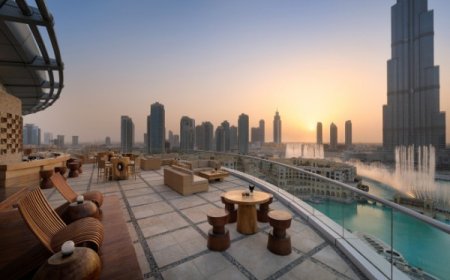Why the Golden Triangle is India’s Most Iconic Travel Route: A Cultural Deep Dive
Explore why India's Golden Triangle is its most iconic route, offering a deep dive into rich history, stunning architecture, and diverse cultural traditions.

When people think of India, certain images often come to mind: the majestic Taj Mahal, bustling bazaars, and grand palaces. All these elements, and much more, come together in what's known as the Golden Triangle the classic circuit connecting Delhi, Agra, and Jaipur. This isn't just a popular route; its widely considered India's most iconic travel route, offering a deep dive into the nation's rich cultural heritage. It's a journey that effortlessly blends the grandeur of empires with the vibrancy of everyday life.
1. A Journey Through India's Glorious Past
The three cities of the Golden Triangle have played vital roles in India's history. Delhi has been the capital for various empires, including the mighty Mughals, leaving behind magnificent forts, tombs, and mosques. Agra rose to prominence under the Mughals, creating the timeless wonder of the Taj Mahal. To fully immerse yourself in these historical layers, choosing a comprehensive golden triangle tour package can ensure you visit all the key sites with expert guidance. Jaipur is the heart of Rajasthan's royal Rajput history, known for its fierce warriors and artistic maharajas. Together, they tell a story of power, art, and transformation spanning centuries.
2. Architectural Wonders that Speak Volumes
The monuments on this route are more than just old buildings; they are masterpieces that reflect different eras and styles. The intricate marble inlay work of the Taj Mahal, the imposing red sandstone of Agra Fort, the delicate latticework of Hawa Mahal, and the sprawling courtyards of Amber Fort all showcase incredible craftsmanship and engineering. Each structure tells a story of the people who built it, their beliefs, and their artistic vision.
3. Diverse Cultural Tapestry Alive Today
Beyond the grand structures, the cultural essence of each city is unique. In Delhi, you'll find a blend of traditional Old Delhi charm with modern cosmopolitan life. Agra still holds onto its Mughal legacy, evident in its cuisine and local crafts. Jaipur pulses with the vibrant Rajasthani culture from colorful turbans and traditional folk music to exquisite block printing and jewelry. Exploring the local bazaars, trying regional food, and witnessing traditional performances truly immerse you in these distinct cultures.
4. Spiritual and Artistic Expressions
The Golden Triangle also offers glimpses into India's spiritual and artistic heart. You can visit ancient temples, peaceful mosques, and grand gurudwaras. See local artisans creating beautiful pottery, textiles, and miniature paintings. For those seeking an even deeper spiritual and cultural dive into the region's unique offerings, considering a golden triangle with pushkar tour adds another layer of richness to this iconic route. This journey helps you understand how art, religion, and daily life are deeply woven together in India.
The Golden Triangle is iconic because it offers a perfectly balanced blend of India's most significant historical sites and its living, breathing cultural traditions. It's a route that educates, inspires, and leaves a lasting impression on every traveler.


































